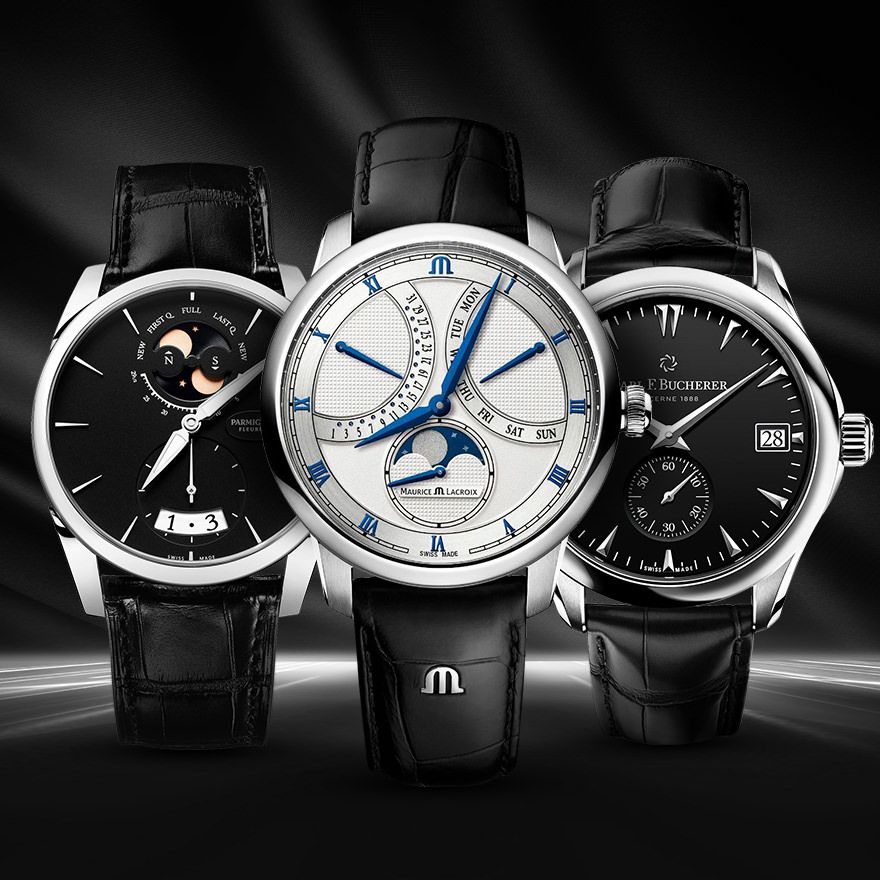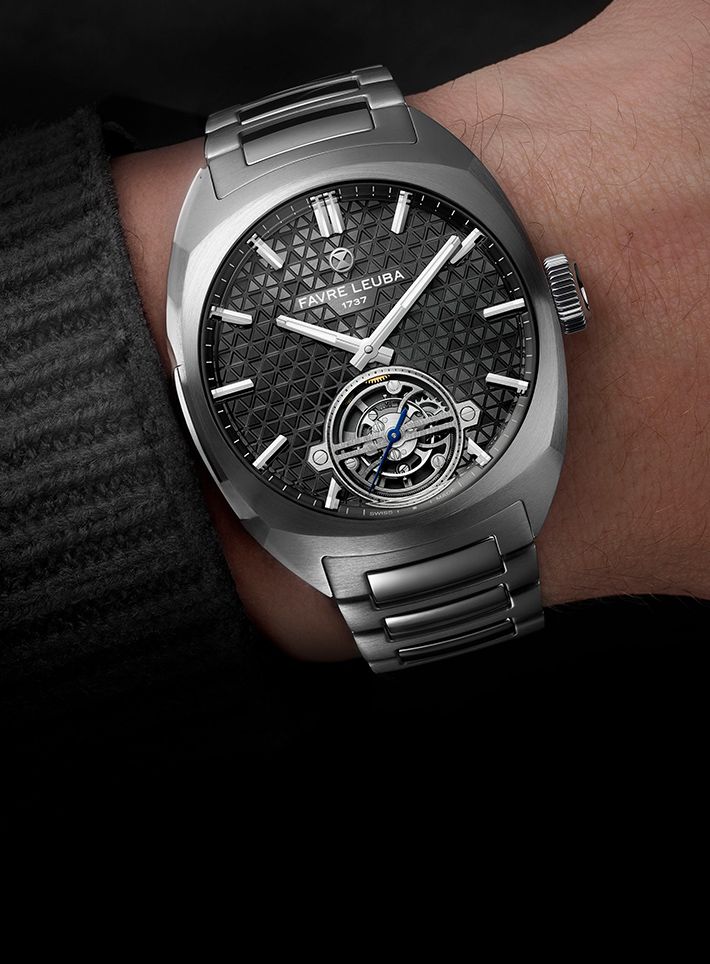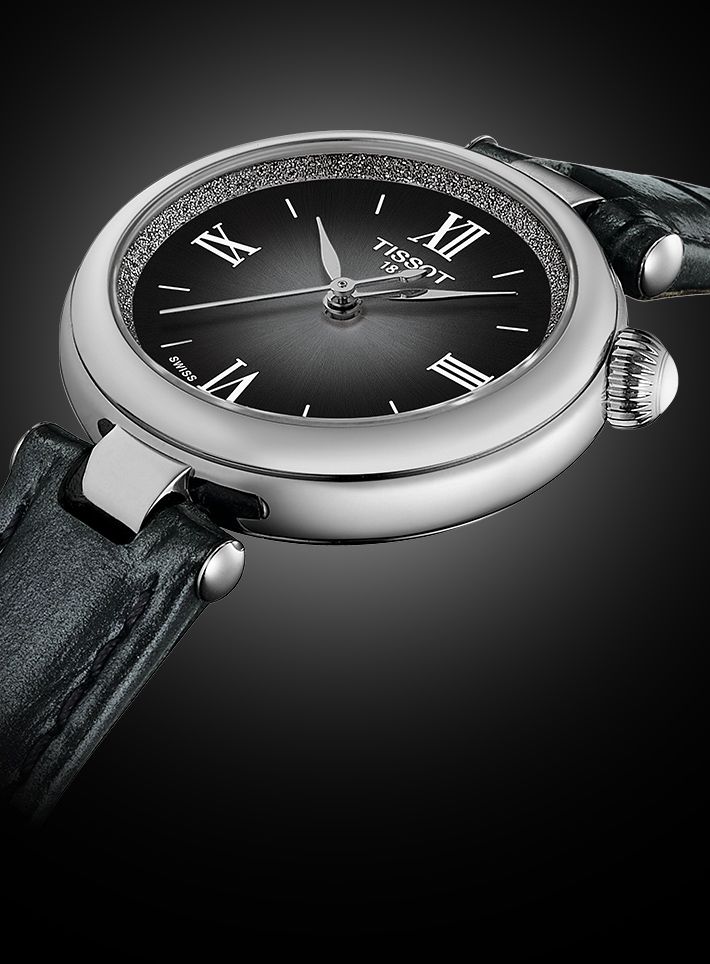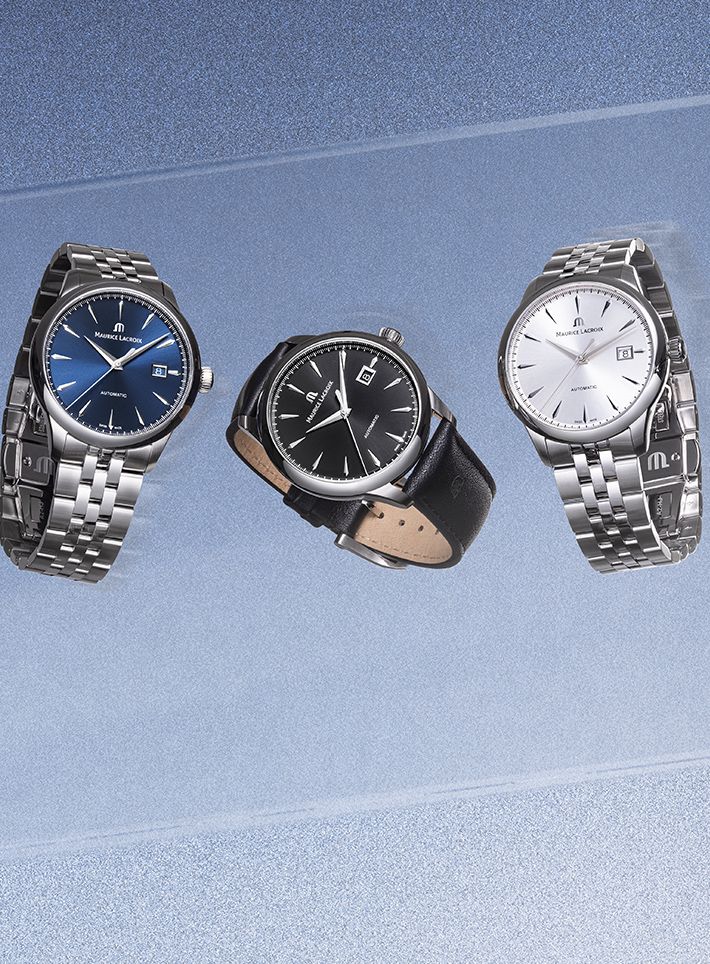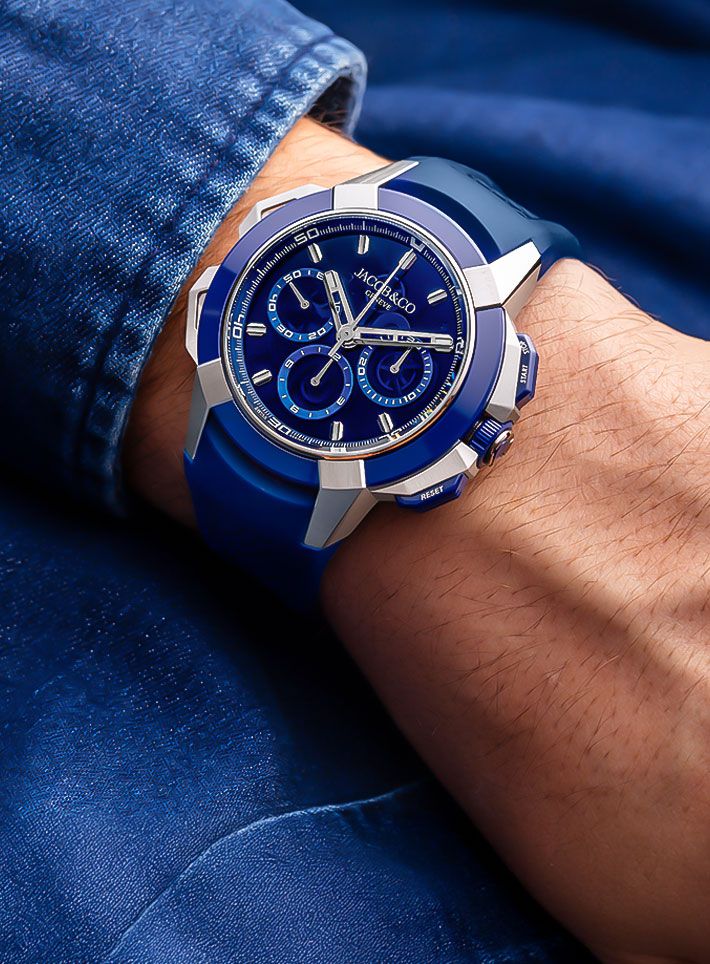Watch GlossaryMonobloc
A monobloc watch is a timepiece that features a single-piece case construction culled from one single material
May We Recommend
A monobloc watch is a timepiece that features a single-piece case construction. Unlike traditional watches that often use multiple components for the case—such as a removable case back, bezel, or lugs—monobloc cases are typically manufactured from a single block of metal. This design offers several benefits, particularly in durability and water resistance, making them popular in tool watches and high-performance sports models.
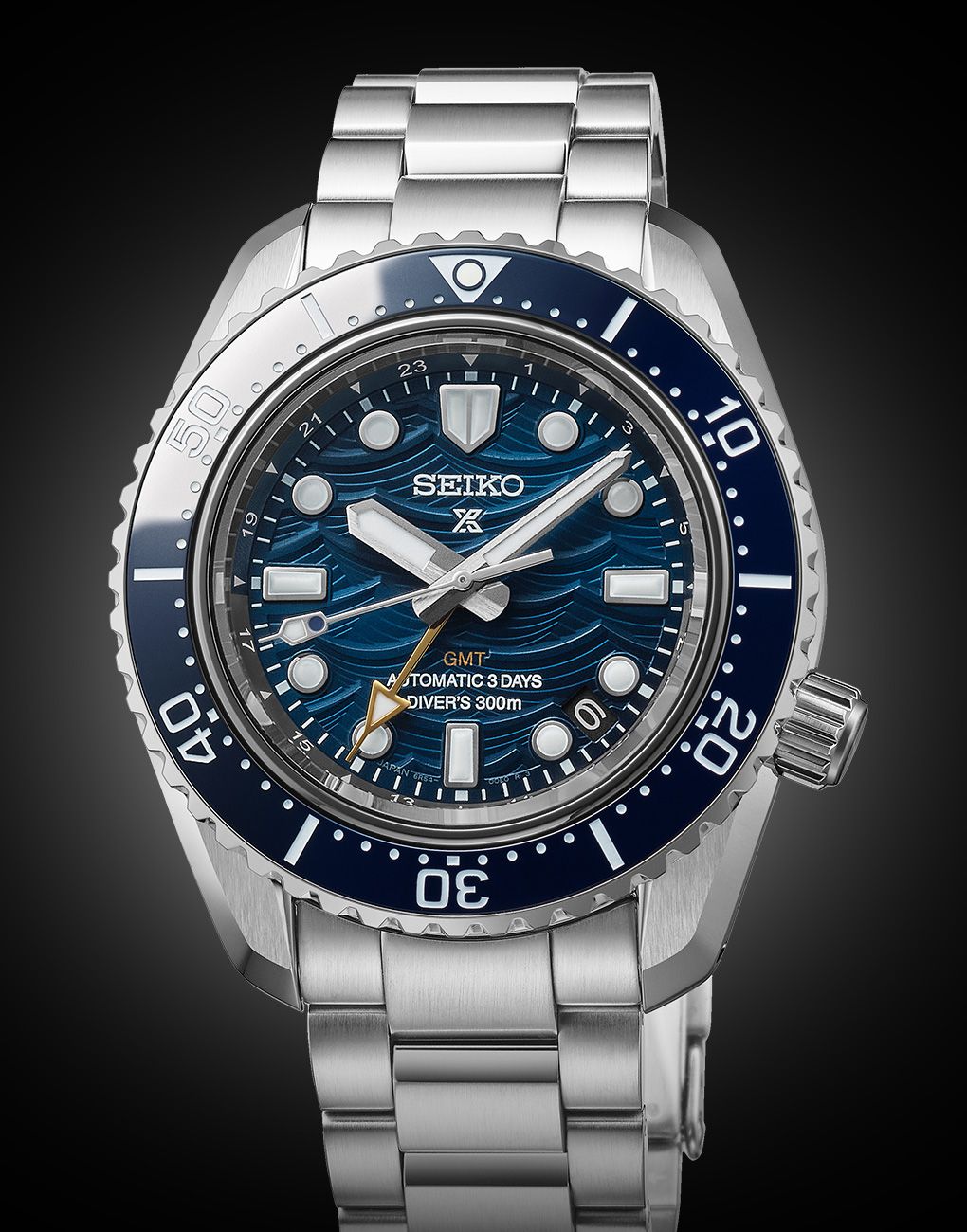
Mechanically, these watches still rely on traditional movements powered by gears, springs, and escapements, typically requiring manual winding or automatic winding through a rotor. The mechanical heart of the watch is carefully encased within the solid shell of the monobloc design, which may require specific servicing techniques since the case is not easily dismantled.
Benefits Of A Monobloc Case
The singular structure of a monobloc watch enhances the watch’s integrity by minimising potential entry points for dust, moisture, and other contaminants. This makes it easier to achieve higher water resistance ratings and increases overall robustness, which is why monobloc designs are frequently found in diving watches. Additionally, the streamlined case reduces the number of gaskets and seals needed, potentially lowering the maintenance demands over time.

Design-wise, monobloc watches often reflect a more utilitarian or minimalist aesthetic, though some luxury brands have adopted the style for its sleekness and technical appeal. Brands like Omega, Rado and Bell & Ross, and some models from Rolex have employed monobloc construction to great effect.
When Was The Monobloc Case Invented?
The monobloc case was developed in the mid-20th century, particularly gaining attention in the 1950s and 1960s. One of the earliest and most influential uses of the monobloc case design came from Rolex, which introduced its Monoblocco versions in the 1930s and later refined the design in subsequent dive watches like the Submariner. However, the concept of a solid one-piece case, without a removable case back, gained broader adoption for enhanced water resistance with brands such as Omega (notably in the Seamaster series) that utilised the design for professional and military use.

